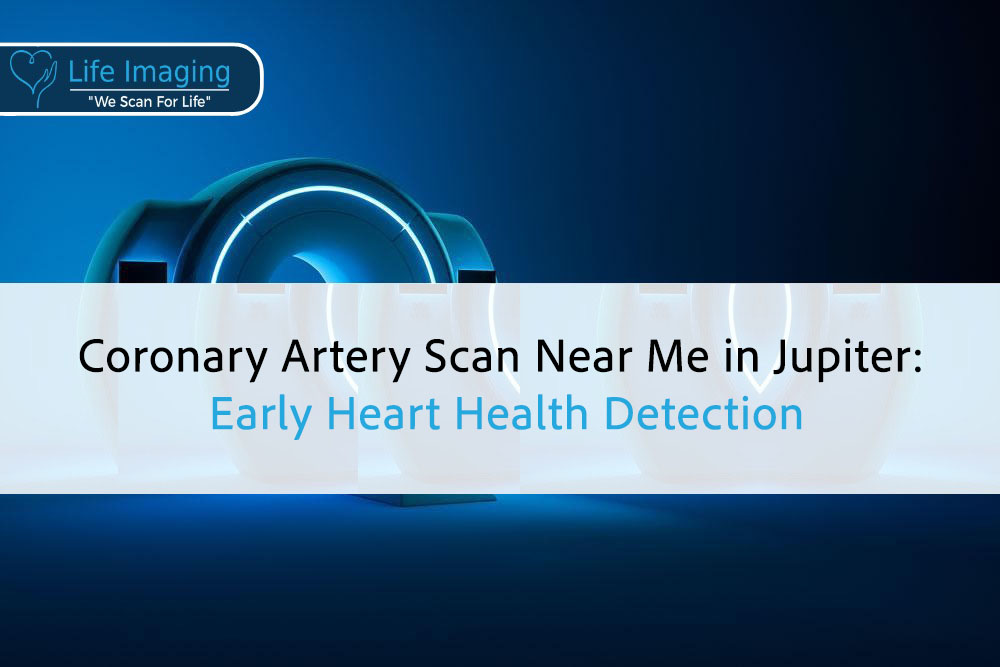
Coronary Artery Scan Near Me in Jupiter: Early Heart Health Detection
Introduction Your heart works hard every second of the day,
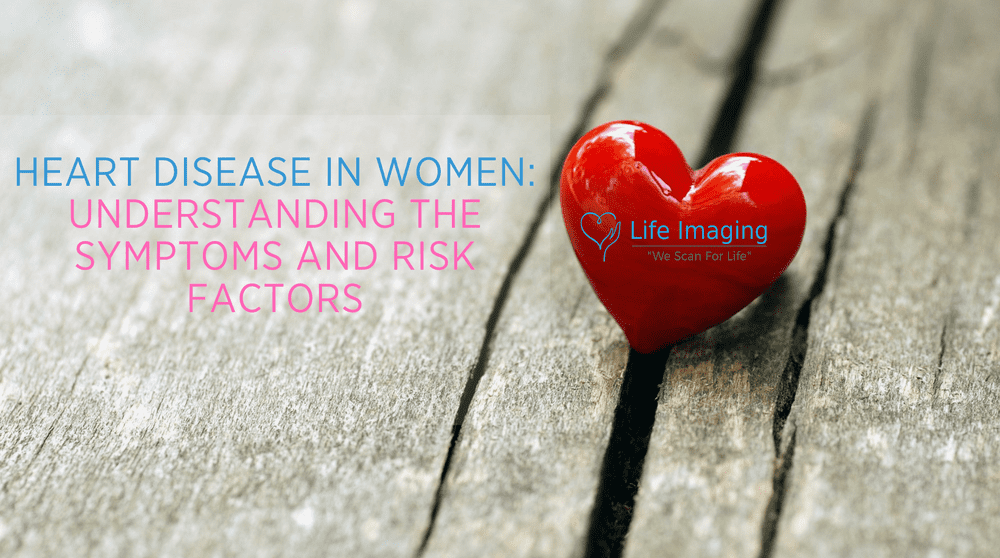
Heart disease is often thought to be more of a problem for men. However, it’s the most common cause of death for women in the United States. Because some heart disease symptoms in women can differ from those in men, women often don’t know what to look for.
Fortunately, by learning their unique heart disease symptoms, women can begin to take the steps to reduce their risks.
Heart Attack Symptoms for Women
The most common heart attack symptom in women is the same as in men–some chest pain, pressure, or discomfort that lasts more than a few minutes or comes and goes. Women often describe it as pressure or tightness.
But chest pain is not always severe or even the most noticeable symptom, particularly in women. And, it’s possible to have a heart attack without chest pain.
Women are more likely than men to have heart attack symptoms unrelated to chest pain, such as:
These symptoms may be vague and not as noticeable as the crushing chest pain associated with heart attacks. This might be because women tend to have blockages in their main arteries and in the smaller ones that supply blood to the heart—a condition called small vessel heart disease or coronary microvascular disease.
Women tend to have symptoms more often when resting or even when asleep than they do in men. Emotional stress can play a role in triggering heart attack symptoms in women.
Related: Can Stress Affect Your Heart?
Because women don’t always recognize their symptoms as those of a heart attack, they tend to show up in emergency rooms after heart damage has occurred. Also, because their symptoms often differ from men’s, women might be diagnosed less often with heart disease than men are.
If you have symptoms of a heart attack or think you’re having one, call for emergency medical help immediately. Don’t drive yourself to the emergency room unless you have no other options.
Heart Disease Risk Factors for Women
Several traditional risk factors for coronary artery disease—such as high cholesterol, high blood pressure, and obesity—affect both women and men. But other factors can play a more prominent role in the development of heart disease in women.
Heart disease risk factors for women include:
Now you may ask, is heart disease something only older women should worry about?
Heart disease has no age, and women of all ages should take heart disease seriously—women under age 65, especially those with a family history of heart disease.
Also, it is vital to pay close attention to heart disease risk factors.
What Can Women Do to Reduce Their Risk of Heart Disease?
Living a healthy lifestyle can help reduce the risk of heart disease. Try these heart-healthy strategies:
Exercise to Reduce the Risk of Heart Disease in Women
The Department of Health and Human Services recommends at least 150 minutes a week of moderate aerobic activity, 75 minutes of vigorous aerobic exercise a week, or a combination of the two.
That’s about 30 minutes a day, five days a week. If that’s more than you can do, start slowly and build up. Even five minutes a day of exercise has health benefits.
For a more significant health boost, aim for about 60 minutes of moderate to vigorous exercise a day, five days a week.
Also, do strength training exercises two or more days a week.
It’s OK to break up your workouts into several 10-minute sessions during a day. You’ll still get the same heart-healthy benefits.
Internal training—in which you alternate short bursts of intense activity with intervals of lighter activity—is another way to maintain a healthy weight, improve blood pressure, and keep your heart healthy. For example, include short bursts of jogging or fast walking into your regular walks.
You can also add exercise to your daily activities with these tips:
What’s a Healthy Weight?
What’s considered a healthy weight varies from person to person, but having an average body mass index (BMI) is helpful. BMI is a measurement of body fat calculated from height and weight. A BMI of 25 or higher can be associated with an increased risk of heart disease.
Your waist measurement (waist circumference) is also a useful tool to tell whether you’re overweight. Women are generally considered overweight if their waist measurement is greater than 35 inches (89 centimeters).
Is the Treatment for Heart Disease in Women Different Than in Men?
In general, heart disease treatment in women and men is similar. It can include medications, angioplasty, and stenting, or coronary bypass surgery.
Women are less likely to be prescribed statin therapy to prevent future heart attacks than are men. However, studies show the benefits are similar in both groups. Angioplasty and stenting, commonly used treatments for heart attack, work for both men and women. But for coronary bypass surgery, women are more likely than men to have complications.
Cardiac rehabilitation can improve health and aid recovery from heart disease. However, women are less likely to be referred for cardiac rehabilitation than men are.
Prevent Heart Disease With Life Imaging
At Life Imaging, our patients come in to learn about our process and get scanned, and we provide them with an easy-to-read detailed report. Depending on the report, we will transfer the information to their doctor to help them set up the next steps if needed.
For example, if a patient shows a high calcium score of the heart, we will forward that information to their doctor. The doctor will then tell them they need to do x, y, and z, and we can set a plan for doing annual screenings to see any improvements in our preferred annual care program.
Heart disease is reversible in most cases. We make the process as smooth and affordable as possible.
Related: What is Life Imaging? Everything you Need to Know
Invest in Life Imaging on StartEngine
We’re excited to realize our vision with our flagship clinic opening up with our scanners installed very soon. We can’t wait to see what the future has in store for affordable preventative care, and if you want to help support our progress, then get involved and invest in Life Imaging on StartEngine!
What are the benefits of investing in Life Imaging?
The benefit is that besides making money, the investor gets to be a part of this great business while doing good on the planet.
Our CEO, Tom Graham, likes to say, “We work hard our whole lives in hopes of retiring and enjoying our Golden Years.”
“We shouldn’t fear old age, and If we can peek inside and know we are not at risk, how wonderful is that? Wouldn’t you rather know today than worry about tomorrow?”
You can’t put a price on good health, and living our whole lives for as long as possible is the best investment anyone can make.
If you are ready to be a part of the real solution for affordable preventative care, then invest in Life Imaging and help us save lives!
Questions? Please reach out to us. We’re here to give you the support you need.

Introduction Your heart works hard every second of the day,
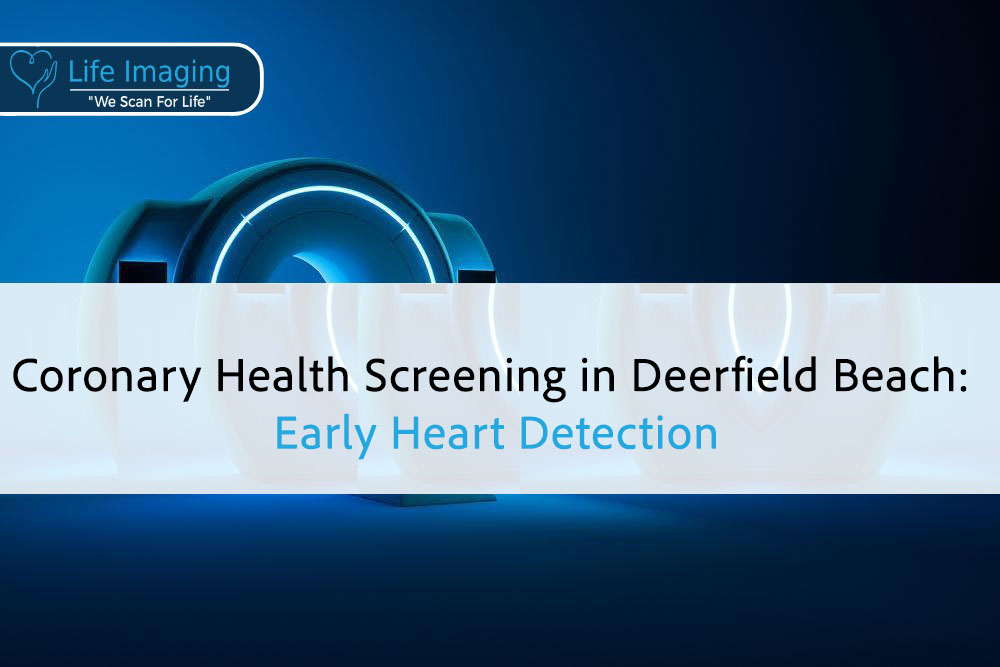
Introduction Your heart works around the clock, but changes inside

Introduction Your heart works nonstop, often without a single complaint.
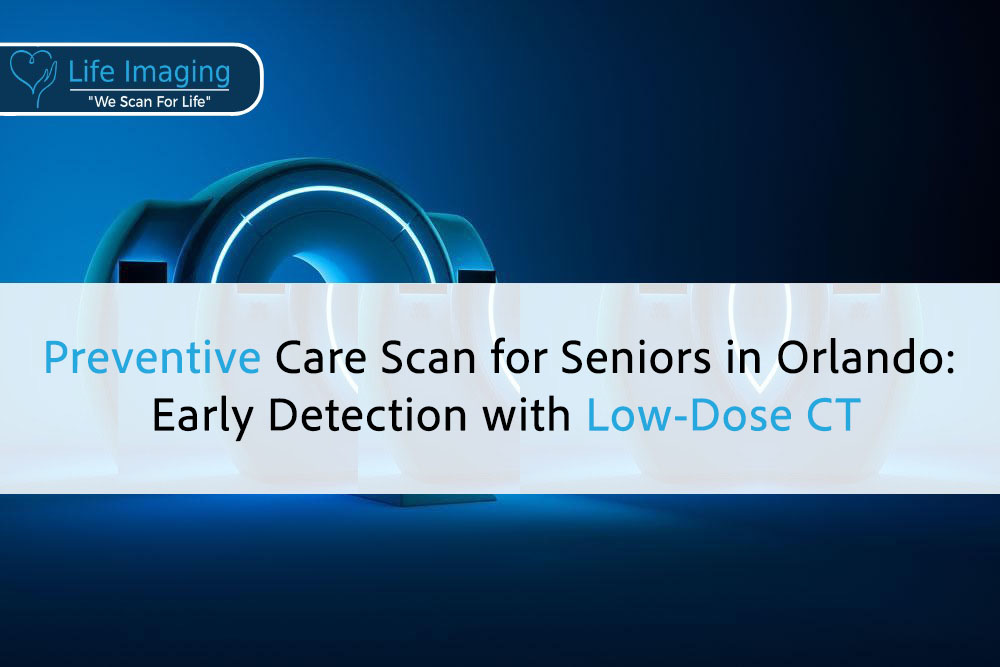
Introduction The best part of getting older is having time
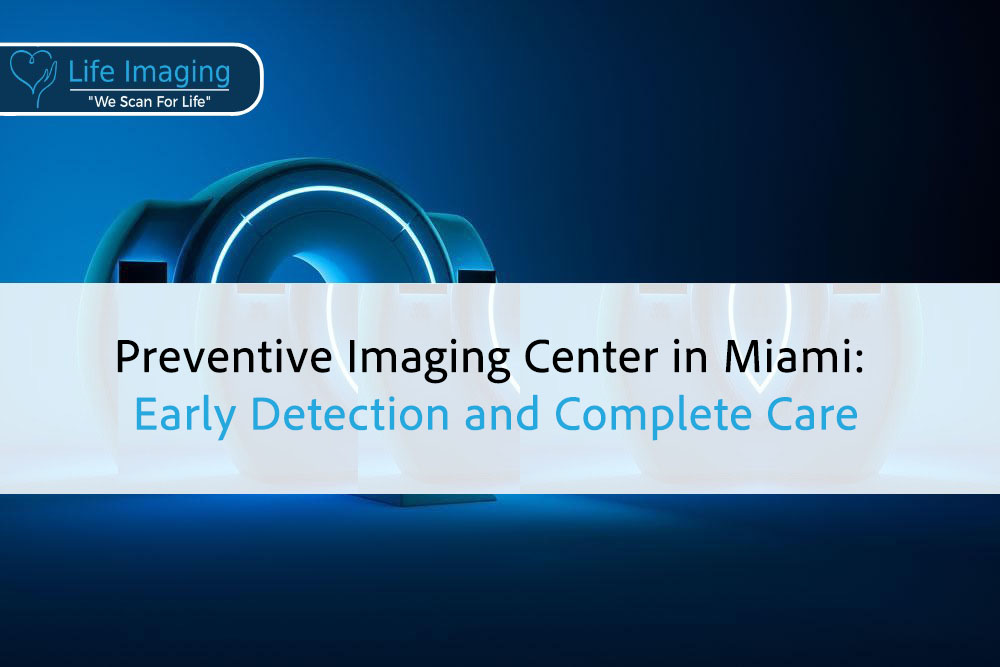
Introduction Good health isn’t just about treating problems, it’s about
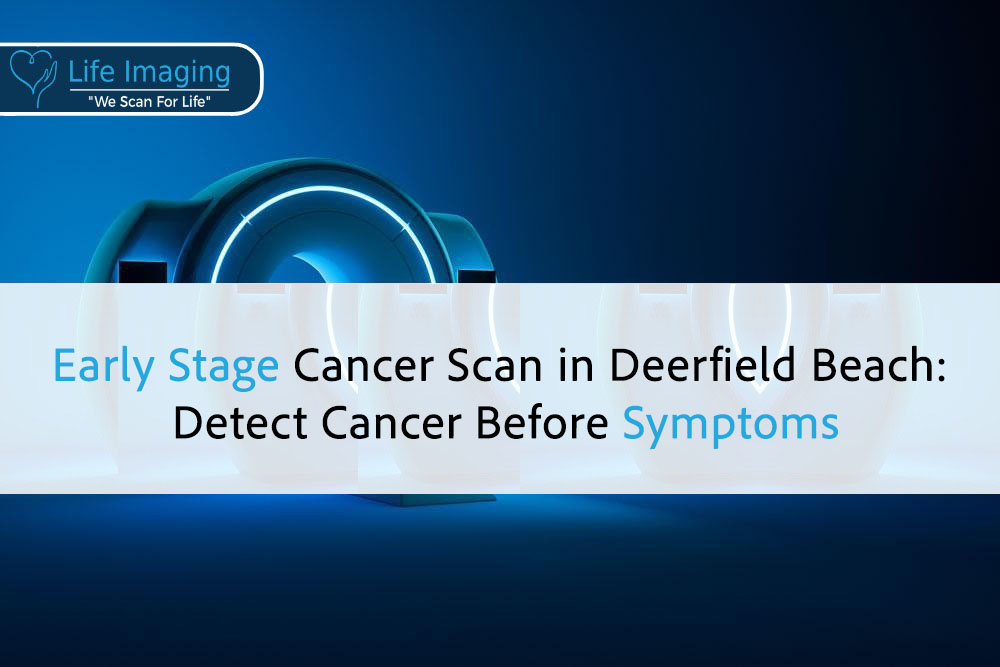
Introduction Cancer often begins quietly, long before you feel anything

* Get your free heart scan by confirming a few minimum requirements.
Our team will verify that you qualify before your scan is booked.
Copyright © 2025 Life Imaging – All Rights Reserved